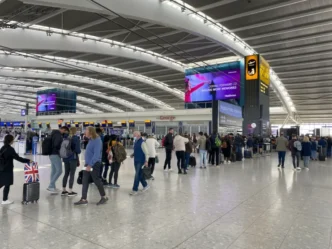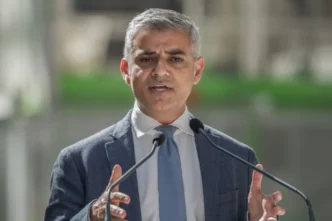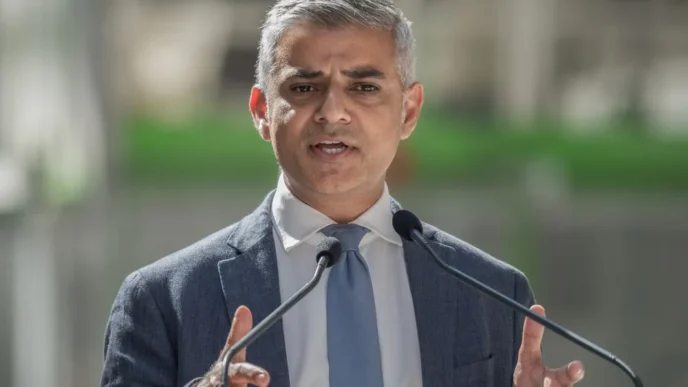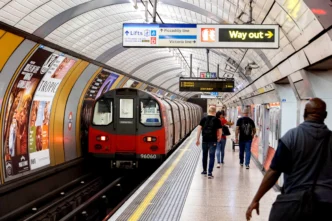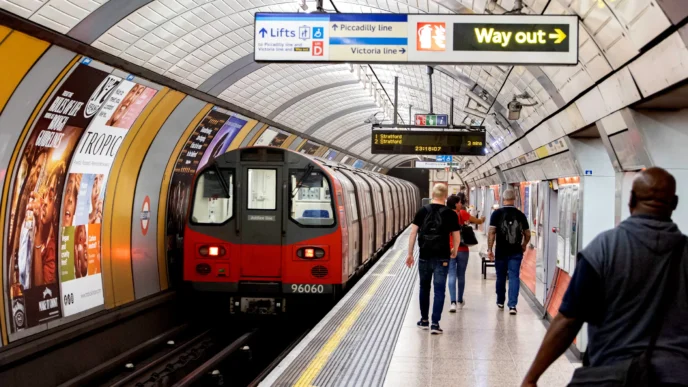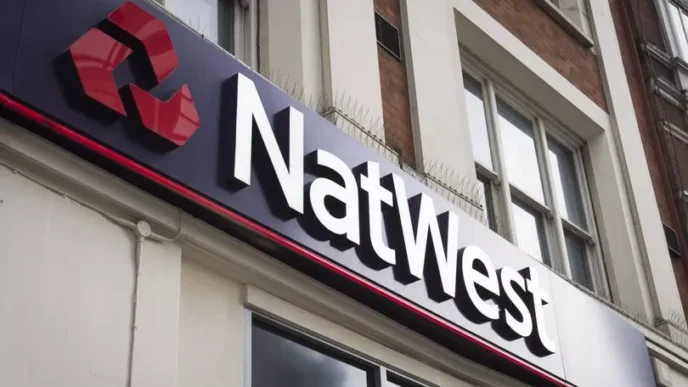A major rail accident in the Czech Republic has left dozens injured after two trains collided, prompting a large-scale emergency response and raising questions about the safety of one of Europe’s busiest regional rail corridors. The crash, which occurred on a route frequently used by commuters and long-distance travelers, has shocked the country and re-energized debates about modernization, signaling systems, and infrastructure investment.
A Sudden Impact on a Busy Line
The collision happened during peak evening hours, when both local and intercity services were operating at full capacity. Initial reports indicate that a passenger train and a high-capacity express service were involved, striking each other with enough force to derail several carriages and send debris scattering along the track.
Witnesses described a scene of confusion and chaos: shattered glass, twisted metal, and passengers helping one another escape through broken doors and windows. Emergency teams arrived within minutes, deploying ambulances, fire brigades, and rescue crews to extract those trapped in damaged compartments.
Early estimates suggest dozens of people suffered injuries, ranging from fractures and cuts to more serious trauma, though authorities emphasized that the number could rise as assessments continue.
Rapid Response and a Difficult Rescue Operation
Czech emergency services mounted a swift and coordinated operation. Firefighters worked to stabilize the derailed carriages, while paramedics established on-site triage zones to assess the injured. Helicopter ambulances were dispatched for individuals requiring urgent transport to regional hospitals.
Local hospitals activated emergency protocols, preparing surgical teams and opening additional treatment capacity for incoming patients. Despite the scale of the incident, officials reported that medical services remained under control, thanks in part to effective coordination across districts.
Railway operators halted all traffic on the affected line, diverting some services and replacing others with bus connections. The disruption is expected to continue for several days as infrastructure damage is assessed and debris is cleared.
Investigators Examine Possible Causes
Even as rescue operations continued, Czech authorities launched a comprehensive investigation. Early inquiries are focusing on several potential factors:
- Signaling failure: Whether a malfunction led one train onto an occupied track segment.
- Human error: Miscommunication or misinterpretation of dispatch instructions.
- Excessive speed: Whether either train exceeded speed limits before impact.
- Technical issues: Brake failures, onboard system malfunctions, or outdated equipment.
Czech Transport Minister officials have stressed that it is too early to draw conclusions. Black-box data recorders from both trains have been recovered, and technical teams are analyzing them for speed, braking patterns, and communication logs.
A Spotlight on Rail Infrastructure
This latest collision has intensified long-standing concerns about the state of rail infrastructure in Central Europe. The Czech Republic, known for having one of the densest railway networks on the continent, faces persistent challenges:
- Ageing lines in need of modernization
- Inconsistent adoption of European Train Control System (ETCS) standards
- High traffic volume on regional corridors
- Outdated signaling technology in certain areas
While the country has invested heavily in upgrades over recent years, critics argue that modernization has not kept pace with growing demand and increased train frequency.
Political Reactions and Public Outcry
Within hours of the accident, Czech political leaders issued statements expressing sympathy for victims while promising a thorough investigation. Opposition figures quickly seized on the incident to call for accelerated infrastructure reform and greater investment in safety systems.
Public reaction has been emotional, with families anxiously awaiting news of loved ones and citizens questioning how such a collision could occur on a well-used line. For many, the crash has reignited memories of past rail accidents in the region, underscoring the urgent need for systemic improvements.
Rail Safety in Europe Under Scrutiny
Across Europe, rail remains one of the safest modes of transport, but incidents like this—especially on busy cross-border corridors—highlight vulnerabilities in networks that balance high traffic volumes with aging infrastructure.
Industry experts note that Europe’s broader push toward rail travel, fueled by climate goals and the need to reduce short-haul flights, must be accompanied by significant investment in safety, signaling, and maintenance.
The Czech collision may fuel continent-wide discussions about interoperability, safety standards, and the pace of ETCS adoption across member states.
Looking Ahead: A Call for Transparency and Reform
As the cleanup continues and investigators collect more evidence, the Czech government faces intense pressure to deliver transparency, accountability, and decisive action. The families of the injured—and a nation reliant on its rail network—will demand clear answers.
Authorities are expected to release preliminary findings in the coming days, followed by a full technical report that may shape future rail safety policies. Meanwhile, the affected lines will undergo meticulous inspections before traffic is allowed to resume.
The tragedy has left a deep imprint on the Czech Republic, serving as another stark reminder that even modern transportation systems are vulnerable—and that ensuring the safety of passengers must remain an uncompromising priority.






